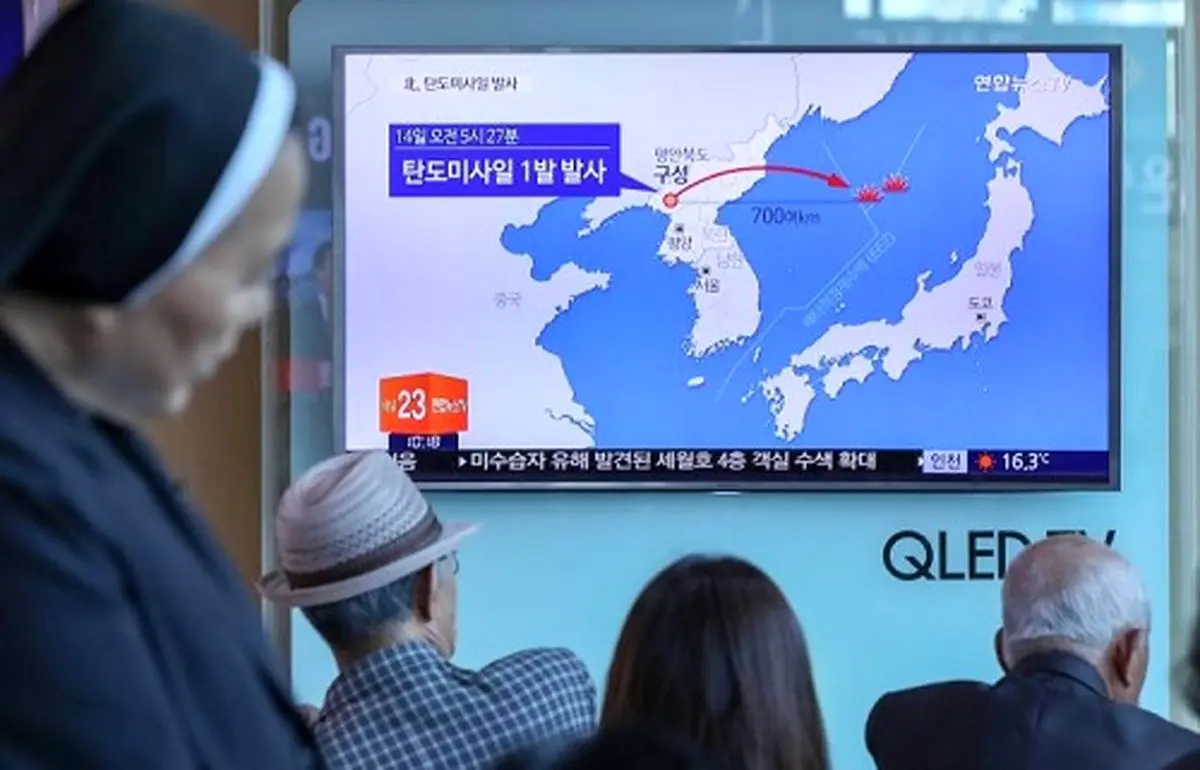North Korea fires missile days after new South Korea leader pledges dialogue

North Korea fired a ballistic missile on Sunday in defiance of calls to rein in its weapons programme, South Korean and U.S. officials said, days after a new leader took office in the South, pledging to engage it in dialogue.
The U.S. Pacific Command said it was assessing the type of missile but it was "not consistent with an intercontinental ballistic missile". Japanese Defence Minister Tomomi Inada said the missile could be of a new type.
The missile flew 700 km (430 miles) and reached an altitude of more than 2,000 km (1,245 miles), according to officials in South Korea and Japan, further and higher than an intermediate-range missile North Korea successfully tested in February from the same region of Kusong, northwest of its capital, Pyongyang.
North Korea is widely believed to be developing an intercontinental missile tipped with a nuclear weapon that is capable of reaching the United States. U.S. President Donald Trump has vowed not to let that happen.
Experts said Sunday's test showed a considerably longer range than missiles North Korea had previously tested, meaning it had likely made improvements since its February test.
The reported altitude would indicate the missile was launched at a high trajectory.
David Wright, co-director of the UCS Global Security Program and a missile expert, said if the missile had been fired at a standard trajectory, it would have had a maximum range of about 4,500 km (2,800 miles).
Kim Dong-yub, Kyungnam University's Institute of Far Eastern Studies in Seoul, said he estimated a standard trajectory firing would give it a range of 6,000 km (3,700 miles), meaning it would be capable of reaching Hawaii.
An intercontinental ballistic missile is considered to have a range of more than 6,000 km.
Japan said the missile flew for 30 minutes before dropping into the sea between North Korea's east coast and Japan. The North has consistently test-fired missiles in that direction.
"If that report ... is correct, then the launch may indeed represent a new missile with a long range," said Jonathan McDowell of the Harvard Smithsonian Center for Astrophysics, referring the estimated altitude of more than 2,000 km.
"It is definitely concerning," McDowell said.
END
